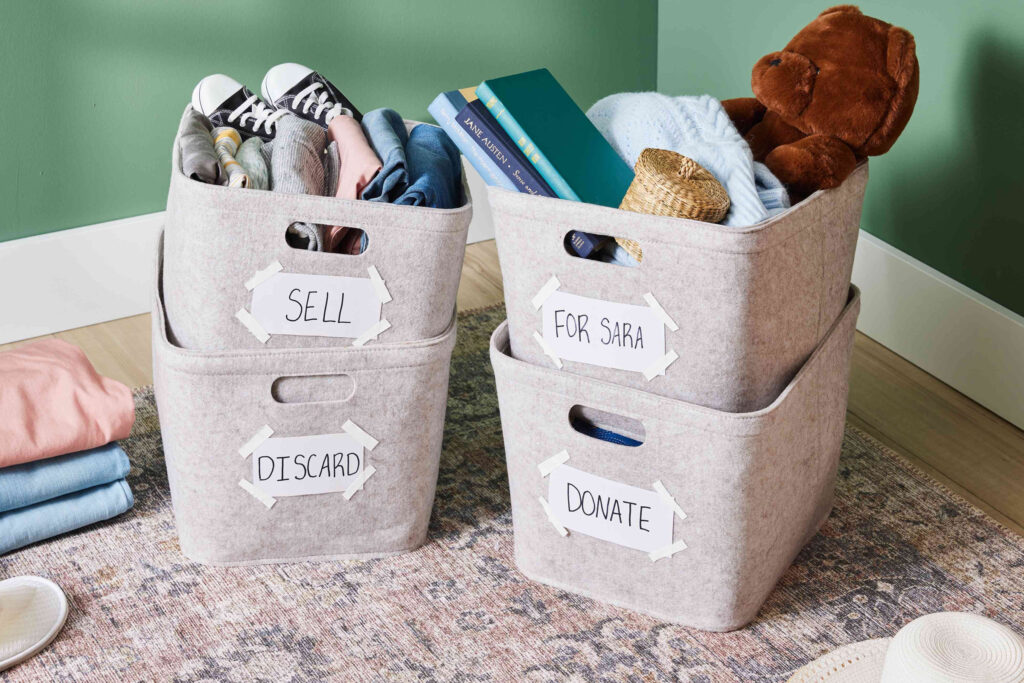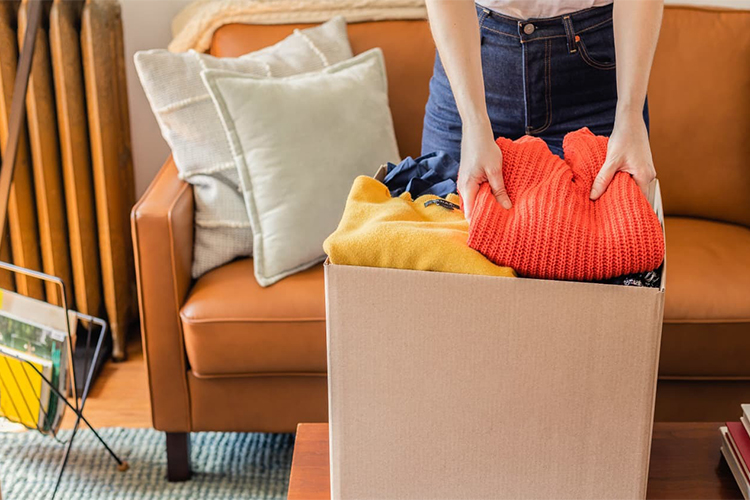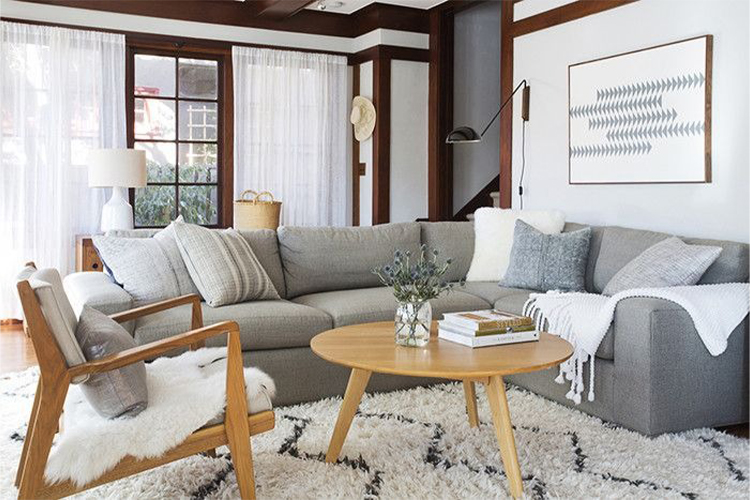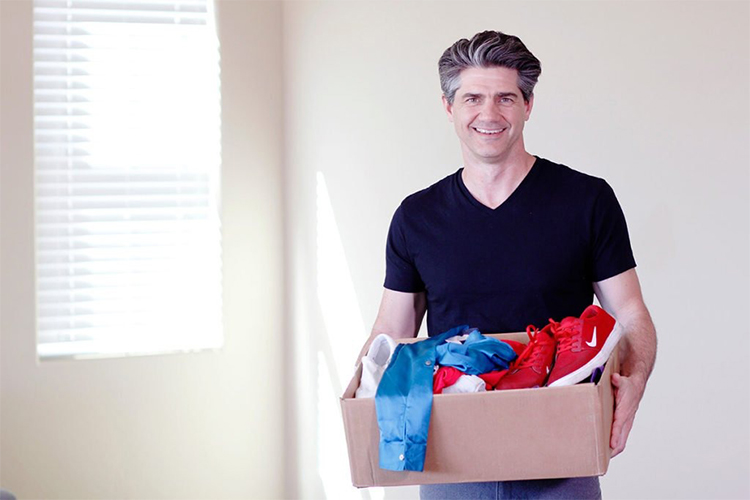
In today’s fast-paced world, we often find ourselves surrounded by clutter, be it physical or digital. We accumulate possessions and belongings over time, and before we know it, our living spaces are cluttered and disorganized. However, living in a cluttered environment can lead to stress and anxiety, and it’s essential to take the time to declutter our homes. In this article, we’ll discuss some top tips to help you declutter your home and create a more organized living space.
The thought of decluttering an entire house can be overwhelming. It’s essential to start small and focus on one area of your home at a time. Begin by decluttering a single room or even a section of a room. For example, start with your closet or your kitchen cabinets. Once you’ve completed one area, move on to the next. This will help you feel less overwhelmed and will allow you to see progress as you declutter each area.

A helpful rule of thumb to follow when decluttering is the “one in, one out” rule. For every new item you bring into your home, get rid of one old item. This will help you maintain a clutter-free home in the long run. It’s also a great way to prevent yourself from buying unnecessary items that will only contribute to the clutter in your home.
When decluttering your home, it’s important to dispose of unwanted items responsibly. Consider donating gently used items to a local charity or thrift store. You can also sell items online or at a yard sale. If an item is no longer usable, consider recycling or disposing of it properly.
Having a system in place can make the decluttering process more manageable. For example, use boxes or bags to separate items into different categories. Label each box or bag as “keep,” “donate,” “sell,” or “toss.” This will help you stay organized and keep track of where everything is going.
Taking before and after photos can be a great motivator when decluttering. It’s a visual way to see the progress you’re making and can help you stay motivated to continue the decluttering process.

Decluttering can be an emotional process, and it’s important to be honest with yourself about the items you’re keeping. Ask yourself if you really need or love each item. If not, it’s time to let it go. It can be helpful to have a friend or family member assist you with the decluttering process. They can offer a fresh perspective and help you stay focused on your goals.
When it comes to decluttering, it’s best to keep it simple. Don’t overcomplicate the process by creating overly complex organizational systems or trying to tackle too much at once. Instead, focus on getting rid of what you don’t need and creating a more organized living space.
Before you begin decluttering, it’s essential to set realistic goals for yourself. It’s not realistic to declutter your entire home in one weekend, so it’s important to break the process down into manageable tasks. Set goals for each area you want to declutter and create a timeline for when you want to accomplish each goal. This will help you stay focused and motivated throughout the process.
Decluttering can be a physically and emotionally exhausting process. It’s important to take breaks and allow yourself time to rest and recharge. Set a timer for 20-30 minutes and take a break after each session. Use this time to stretch, hydrate, or do something you enjoy, such as reading a book or taking a walk.

As you declutter each area of your home, take the time to organize as you go. Don’t leave items lying around or pile them up in a corner to deal with later. Instead, immediately put items in their designated place or box for donation, sale, or disposal. This will prevent clutter from building up again and will make the decluttering process more efficient.
The four-box method is a popular method for decluttering. You’ll need four boxes labeled “keep,” “donate,” “sell,” and “toss.” As you declutter, sort each item into one of the four boxes. This method can help you make quick decisions about what to keep and what to get rid of.
It’s easy to accumulate duplicates of items over time, such as kitchen utensils, clothing, or books. When decluttering, take the time to get rid of duplicates. Keep only the items you use or love the most, and donate or sell the rest.
One of the main causes of clutter is not having a designated space for everything. Take the time to create a designated space for each item in your home. This will make it easier to find what you need and will prevent clutter from building up again.
It’s common to attach sentimental value to certain items, such as gifts from loved ones or mementos from past experiences. When decluttering, it can be challenging to let go of these items. It’s important to be mindful of these sentimental items and ask yourself if you truly need or love them. Consider taking a photo of the item to preserve the memory and donating the item to someone who will appreciate it.
Once you’ve decluttered your home, it’s important to maintain your clutter-free space. Use the one in, one out rule to prevent clutter from building up again. Take the time to put items back in their designated space after use, and periodically reevaluate your possessions to ensure you’re only keeping what you need and love.
In conclusion, decluttering your home can be a daunting but rewarding process. By setting realistic goals, taking breaks, organizing as you go, using the four-box method, getting rid of duplicates, creating a designated space for everything, being mindful of sentimental items, and maintaining your clutter-free space, you can create a more organized and less stressful living environment. Remember to take it one step at a time and celebrate your progress along the way.